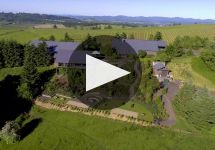WillaKenzie Estate Rose 2022
Last call - only 3 left!



Product Details
Your Rating
Somm Note
Winemaker Notes
Fresh and lively Rosé with a confectionary aroma profile, offering notes of white Rose, citrus zest and crushed stone. Those flavors carry through to a well-balanced palate that offers great energy, salinity and purity.
Blend: 99% Pinot Noir, 1% Chardonnay
Other Vintages
2018-
Wine
Enthusiast

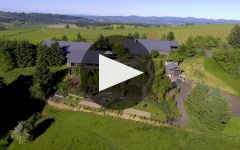
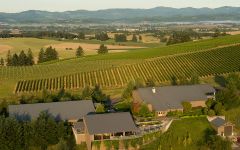

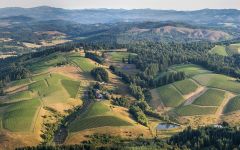
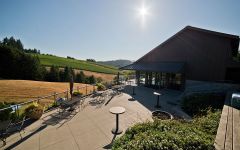
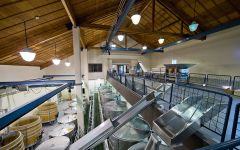
WillaKenzie Estate is located in Oregon's Willamette Valley on rolling hillsides in the Chehalem Mountains. The winery was named after the Willakenzie soil on which the vineyards are planted to convey the influence that the soil imparts on the wine's flavors and aromas. The vineyards are planted with grapes of the Pinot family, mostly new Dijon clones of Pinot Noir and Pinot Gris from Alsace. Pinot Noir and Pinot Gris are cool climate grapes, which are particularly well adapted to Oregon. As winemaker for WillaKenzie Estate, the acclaimed producer of single-vineyard Pinot Noir, Chardonnay and Pinot Gris, Erik Kramer leads all winemaking and cellar
operations. He has been working in Oregon’s Willamette Valley since 2004, where he has built a reputation for world-class wines of finesse and balance. A scientist by training, Erik worked as a hydrogeologist in the petrochemical industry before combining his passion for science and appreciation for fine wine into a career. He spent a few seasons in Washington as a harvest cellar worker before
pursuing a postgraduate diploma in viticulture & oenology at Lincoln University in New Zealand, where he graduated with honors. Kramer went on to craft wine in New Zealand before to moving to the Willamette Valley. Prior to joining WillaKenzie Estate, Erik crafted highly-regarded wines for Domaine Serene and Adelsheim Vineyard. He also holds a degree in geology from Florida State University, which he draws on today when considering the relationship between terroir and wine quality. When not at the winery, Erik enjoys spending time with his family at his wine country home in McMinnville

Whether it’s playful and fun or savory and serious, most rosé today is not your grandmother’s White Zinfandel, though that category remains strong. Pink wine has recently become quite trendy, and this time around it’s commonly quite dry. Since the pigment in red wines comes from keeping fermenting juice in contact with the grape skins for an extended period, it follows that a pink wine can be made using just a brief period of skin contact—usually just a couple of days. The resulting color depends on grape variety and winemaking style, ranging from pale salmon to deep magenta.

Yamhill-Carlton, characterized by pastoral, rolling hills composed of shallow, quick-draining, ancient marine soil, is ideal for Pinot noir and other cool-climate-loving varieties. It is in the rain shadow of the Coast Range to its west, whose highest point climbs to an altitude of 3,500 feet. Yamhill-Carlton is actually surrounded by mountains on three sides: Chehalem Mountains to the north, the Dundee Hills to the east and the western Coast Range to its west, which, when it lets Pacific air through, serves to cool the region.
Vineyards grow on the ridges surrounding the two small communities of Yamhill and Carlton and cover about 1,200 acres of this 60,000 acre region, which roughly makes a horse-shoe shape on a map.
